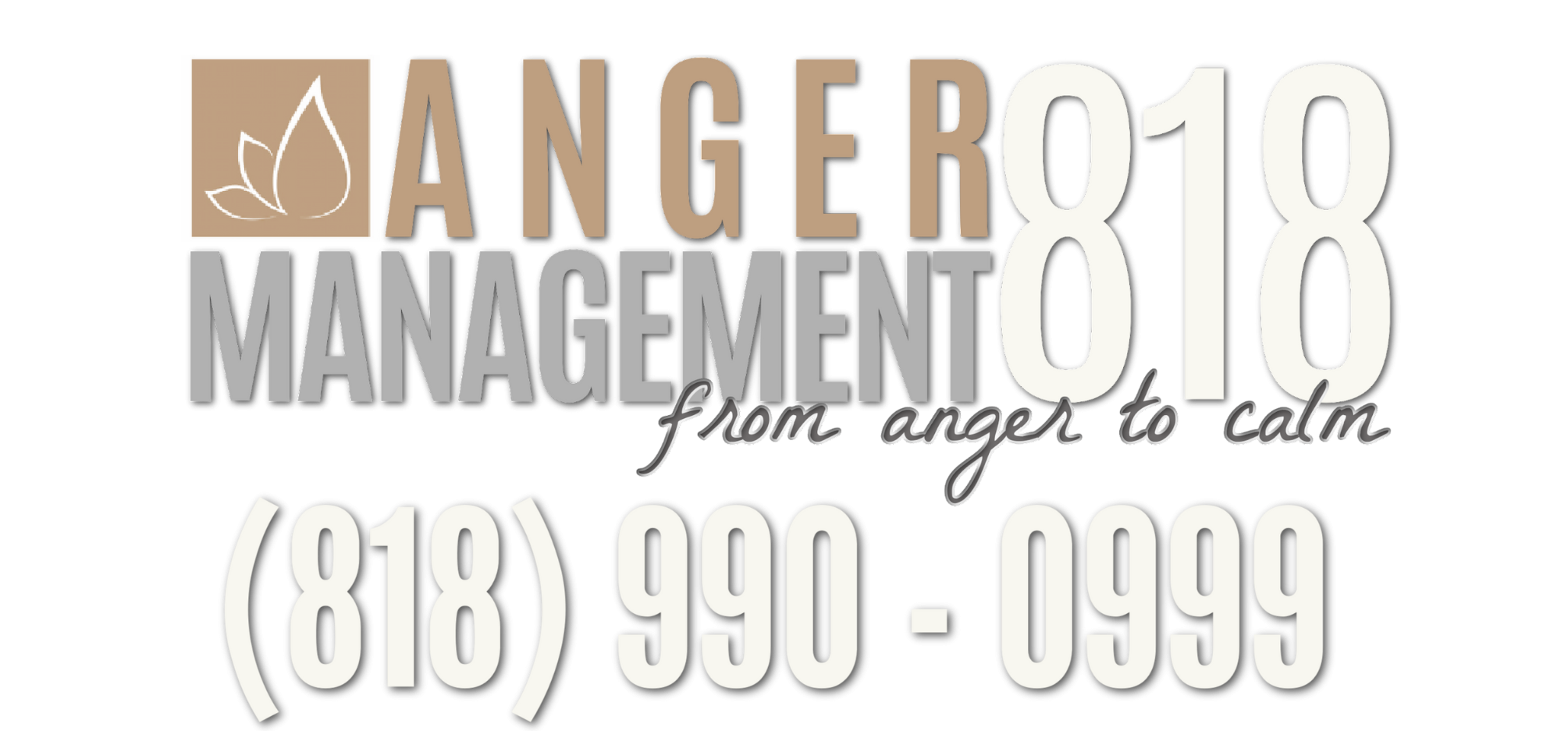Anger is one of those emotions we all feel from time to time. It often gets a bad wrap as an avenue for destruction and harm, but anger in itself is simply a signal. A powerful and normal human response that drives us to figure out how to return to a state of harmony. Letting you know that something doesn’t feel right or that what you are seeing isn’t landing well. It is referred to as a secondary emotion as there are often primary emotions underneath driving the anger such as hopelessness, anxiety, shame, sadness, fear, guilt, worry, jealousy, embarrassment, disappointment, and hurt. Alas, most of us aren’t taught what to do with all those complicated emotions that exist within anger’s messages. Unfortunately, when those signals for needing different are ignored or acted on without intention they can build towards aggressive behaviors and those regretful moments of rage.
Listed below are some quick tips on how to potentially manage the overwhelm that often comes alongside the beginning signals of anger. We all have anger tells, as in there are clear giveaways that your anger is building up. Some will hear their voice rising, their body heating, clenching of their fists, and maybe even their thoughts start racing a bit more. I invite you to take some time to figure out what yours are and start using the following anger management tips when you feel them arising. For these tricks to be most helpful though you want to practice these tools both when you aren’t upset and at times when your anger giveaways are engaged.
Tips on How to Manage Anger Proactively
1. Taking a Time-Out: Oftentimes the best way to stop your anger from bubbling over is by allowing yourself to walk away from the situation for a bit. When we get upset we can say and do things we don’t necessarily mean to or want to. You might simply need time to regulate with a walk, some music, and truly finding anything that gives you enough space to come back to yourself.
2. Deep Breathing: A classic breathing exercise I like to use is the 4-7-8 breathing technique. Try breathing in through your nose for 4 seconds, holding that breath for 7 seconds, then releasing a big breath through your mouth for 8 seconds. Deep breaths out for 3 to 4 minutes such as this help the body and mind to recognize that you have shifted into a safe environment. It works towards putting the breaks on our fight-or-flight instincts and rewiring towards a sense of restfulness. Keep working with your breath until you feel yourself come back down, giving it some time for the rhythm to kick in and help you find that calmer state of mind.
3. Leaning into Support: Discussing what you are feeling can help you find comfort in the fact you aren’t alone and discover different perspectives of your experience. Figure out who listens in a way that leaves you feeling supported. Whether it is the trusted insight of friends, chosen or blood family, or a counselor, allow yourself room to share your experiences with those who help you to see things a bit differently.
4. Exercise: Have you ever felt notably better after a workout? It can work in a multitude of ways as exercise releases endorphins and dopamine which are strong chemicals in the brain that are also known as being aids in stress/pain relief and feel-good mood enhancers. By engaging in exercise you can provide your nervous system with neurochemicals that make it feel better and with the right intentions help to release the tension and build-up that so often arises with feelings of anger.
5. Journaling: Writing is a great way to safely express your frustrations and release any uncomfortable feelings that have arisen. There are limitless ways to journal, and I invite you to explore different ones to see what might feel like a good fit. However, a basic template to try would be the first part venting to express how you felt and behaved—the second part processing and reflecting on what it meant to you and how you interpreted the situation. The final third part is creating an action plan such as identifying how to shift your behavior and exploring the benefits and plans for changing how you show up.
In addition to the 5 keys to controlling anger listed above, an additional anger management tip includes having creative outlets since it can be a great way to face and express the big feelings entailed in your emotion. Writing, drawing, dancing, singing a song of your own making, there are limitless possibilities for how to express your creative flare. The importance is not in what the final product is as much as I assume you can make something wonderful, but to find a medium that speaks to you and lets your message be felt and expressed.
Managing Anger Takes Time and Practice
Remember that learning how to manage your anger takes time and practice. It may not feel natural when you are trying or using some of these tools, figuring out what calls to you can be a process. I encourage you to be patient with the process and recognize that you deserve to celebrate your victories along the way. It can be helpful to have an accountability buddy whether that is a friend that you know also has a complex relationship with anger or a loved one that you think might be happy to hear about your progress along the way!
Remember you aren’t in this alone and if you want to receive more direct support with your anger reach out to us at Anger Management 818. We offer individual, couple, and group anger management sessions which can be a great resource for learning more about yourself and the limitless potential for navigating your emotions in new ways. We offer virtual and in-person options at multiple locations around Los Angeles including Glendale and Sherman Oaks.

Carly Rose Schwan is an Associate Marriage and Family Therapist at Avedian Counseling Centers with offices in Glendale and Sherman Oaks. She is trained in fields such as Anger Management and Couples Therapy. She currently works under the licensed supervision of Chrys Gkotsi, LMFT #113638.


